Course Modules
A cloud computing certification course offers individuals a comprehensive overview of the concepts, technologies, and best practices in the dynamic field of cloud computing. This course provides a solid foundation in cloud computing, covering essential topics such as cloud architecture, virtualization, storage, networking, security, and scalability.
Participants will also learn about popular cloud platforms and services, such as Amazon Web Services (AWS), Microsoft Azure, and Google Cloud Platform (GCP), and gain hands-on experience with deploying and managing cloud-based applications. The course is designed to equip learners with the knowledge and skills necessary to navigate the complexities of cloud computing and leverage its potential for innovation and efficiency in today's digital era.
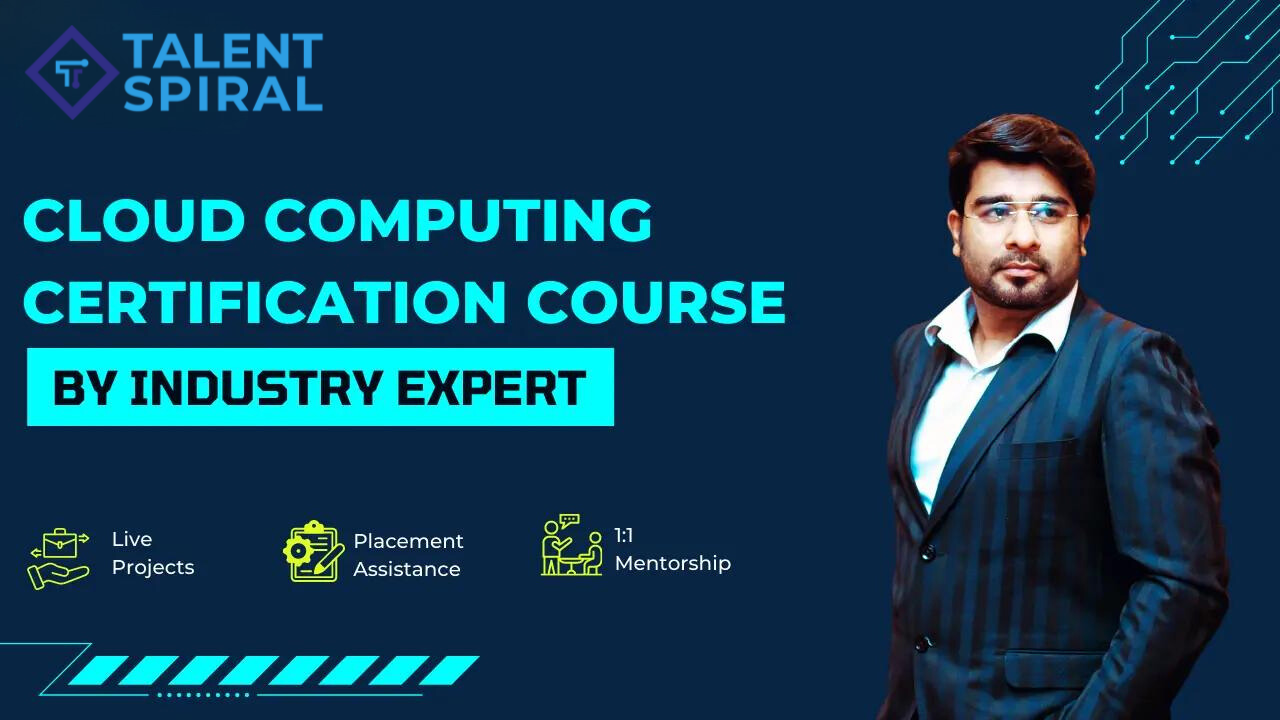
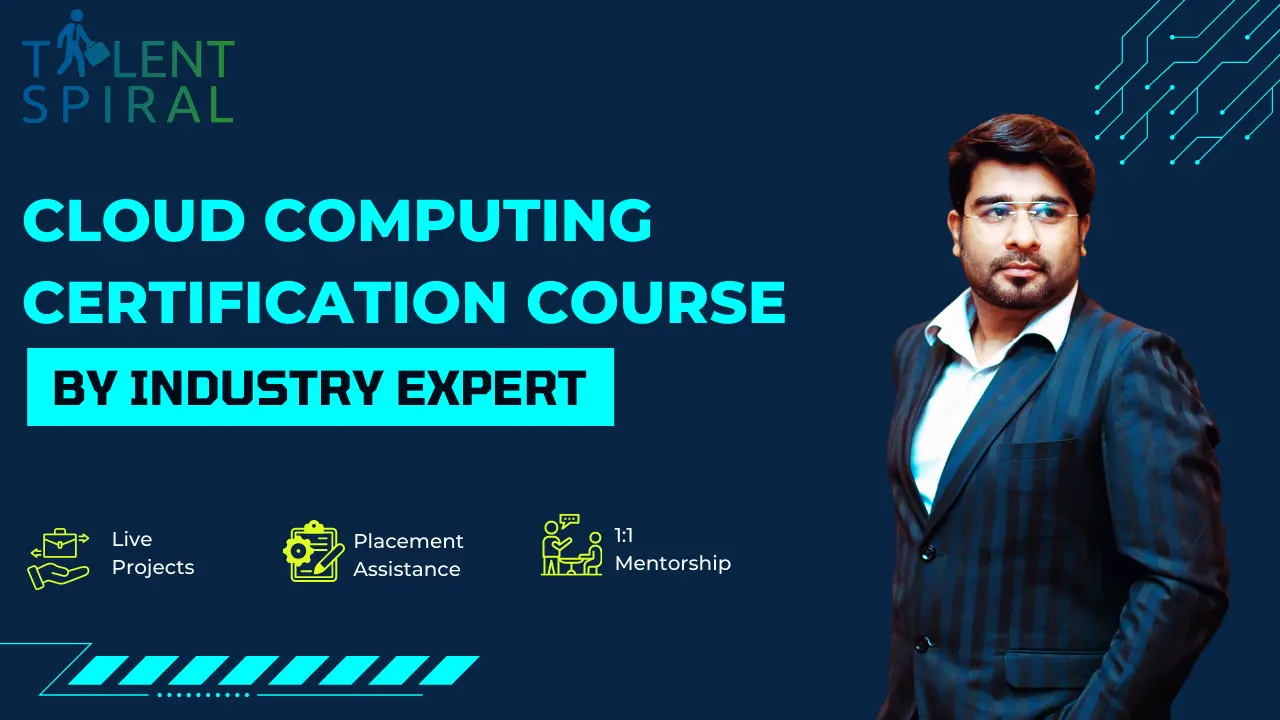
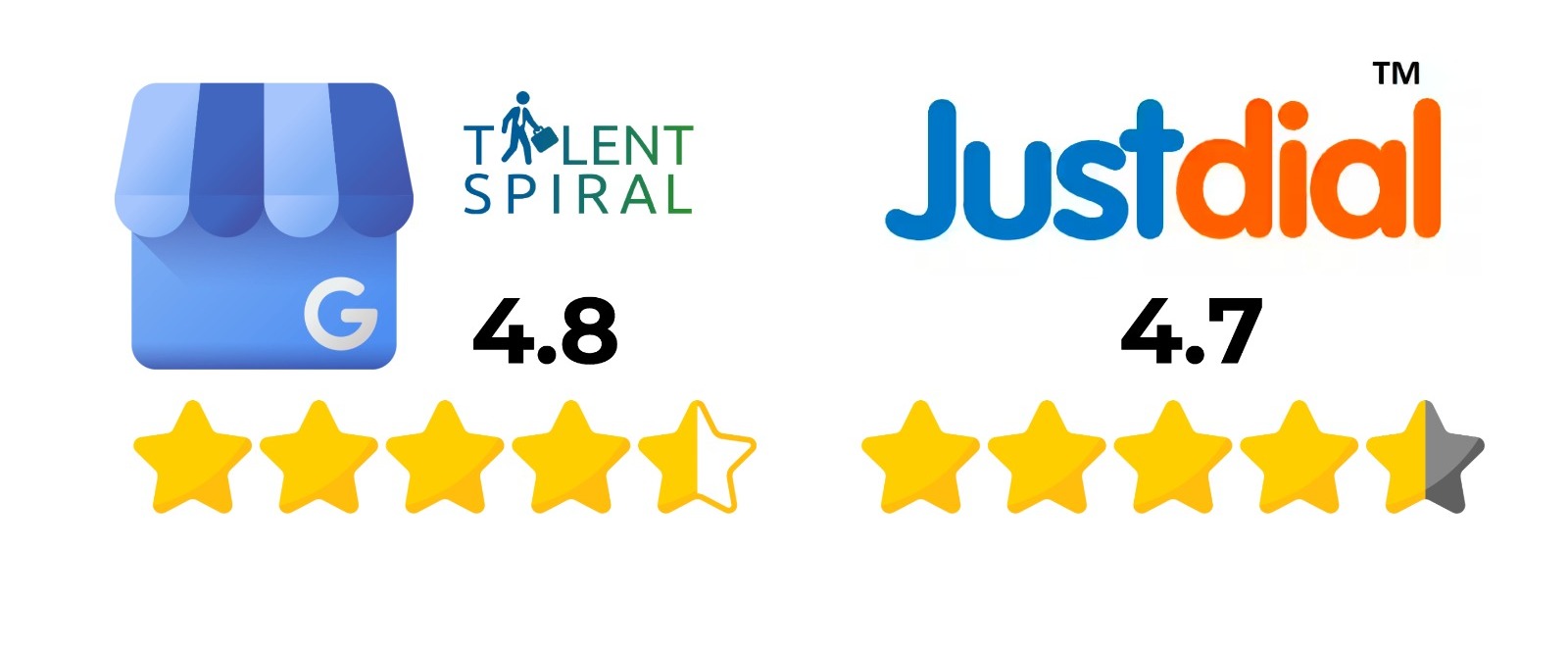
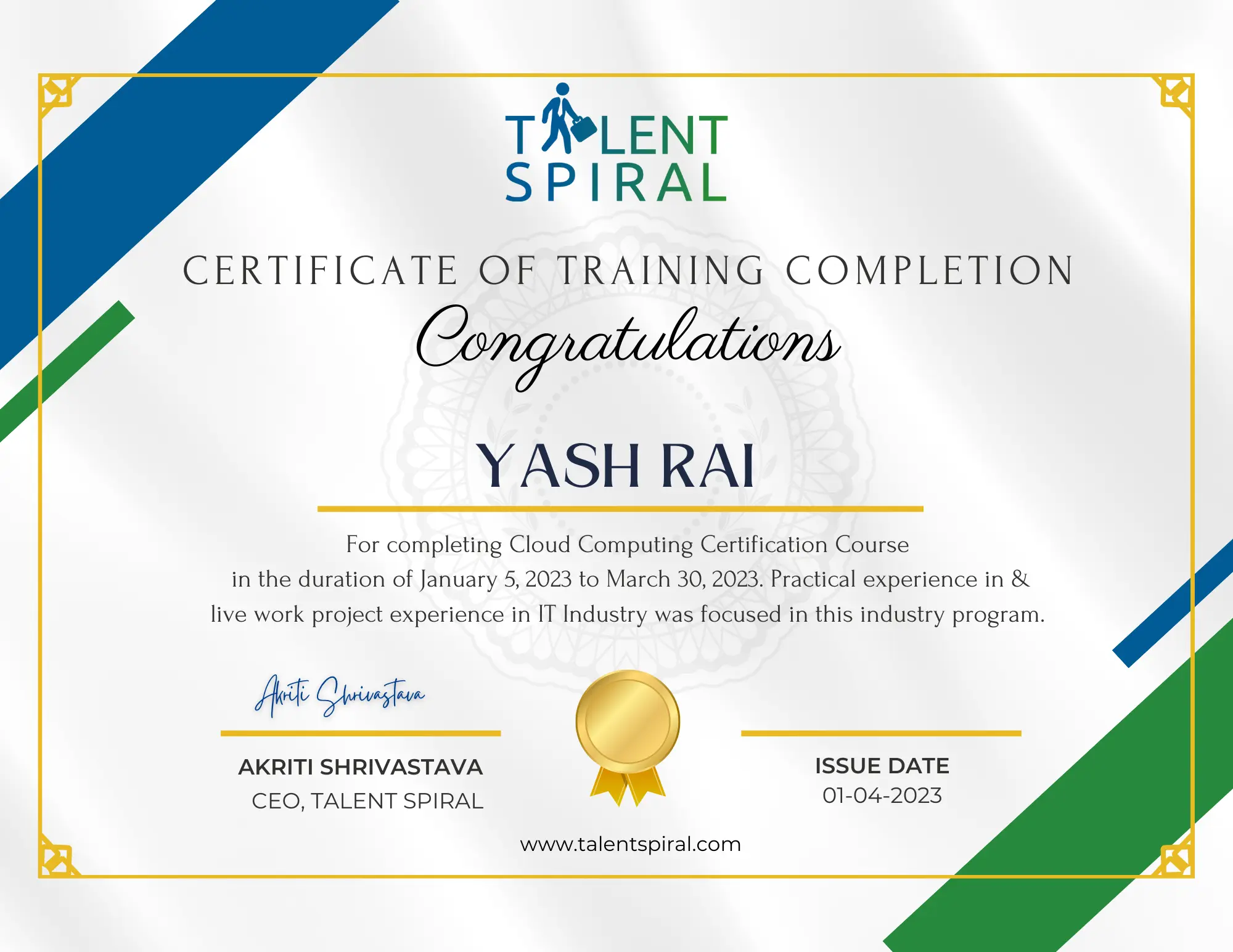



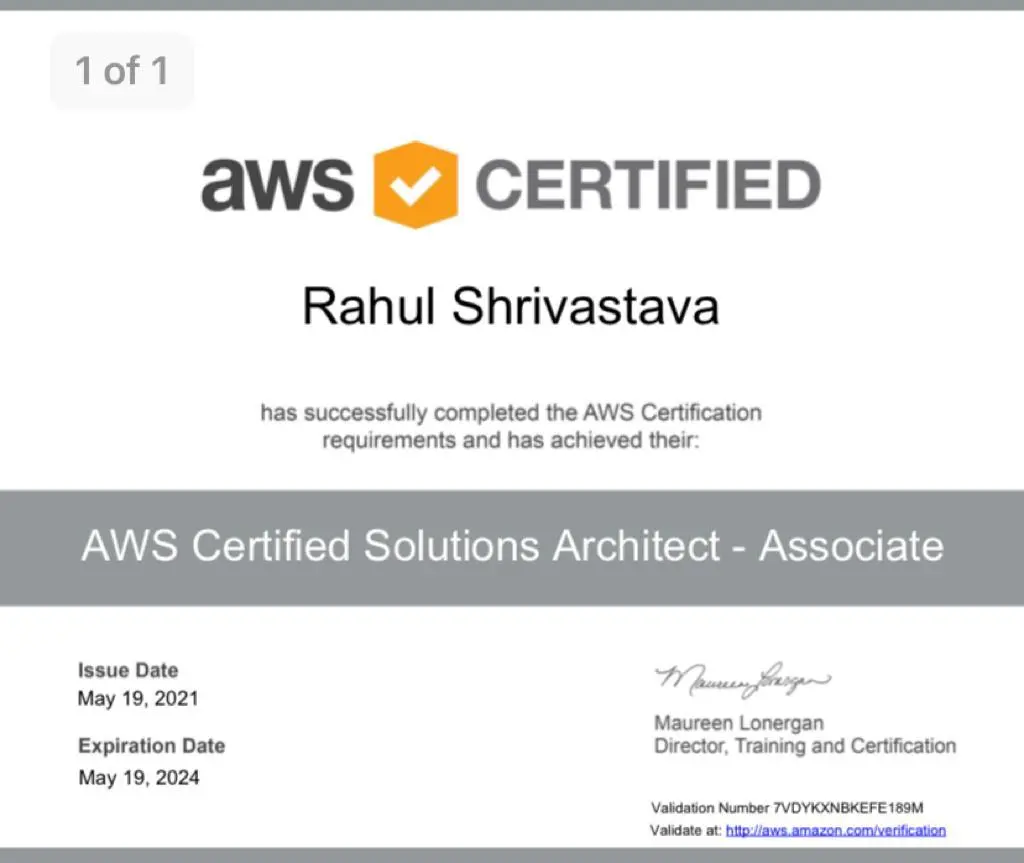
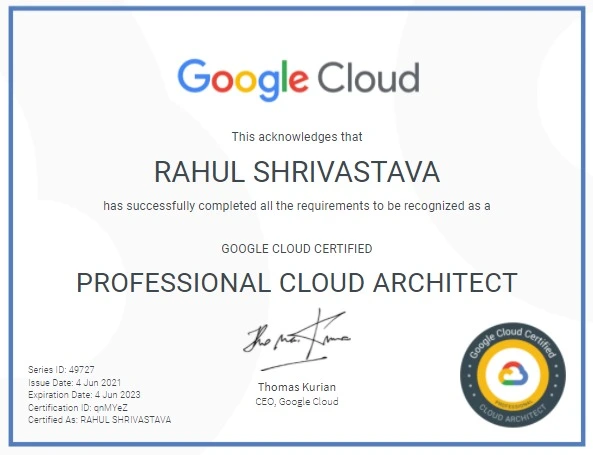
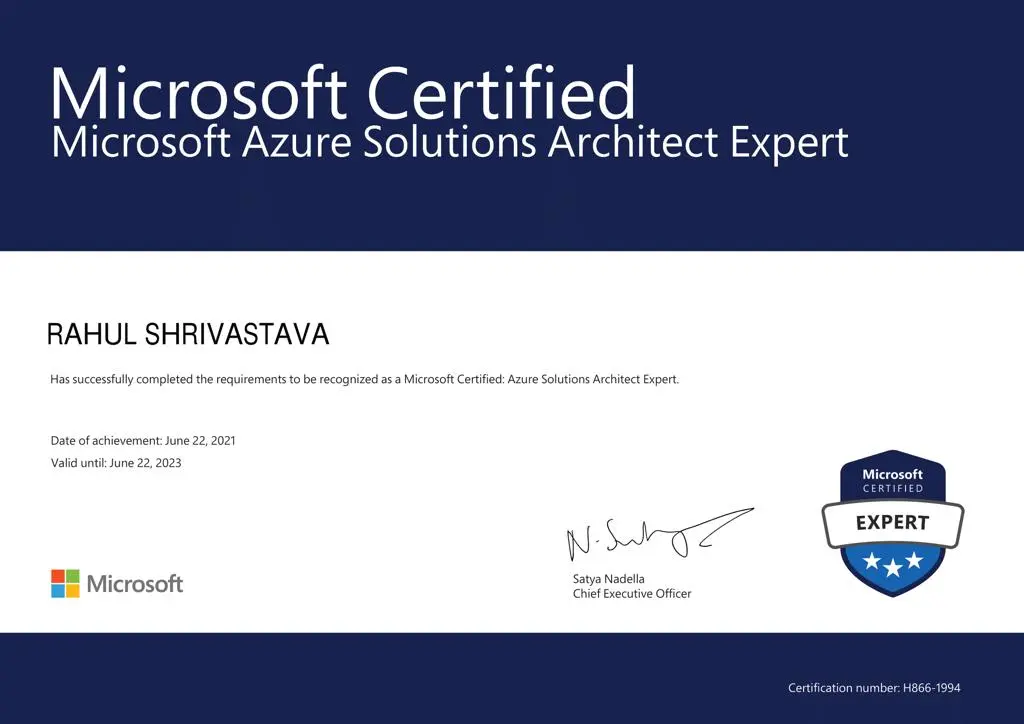








.webp)